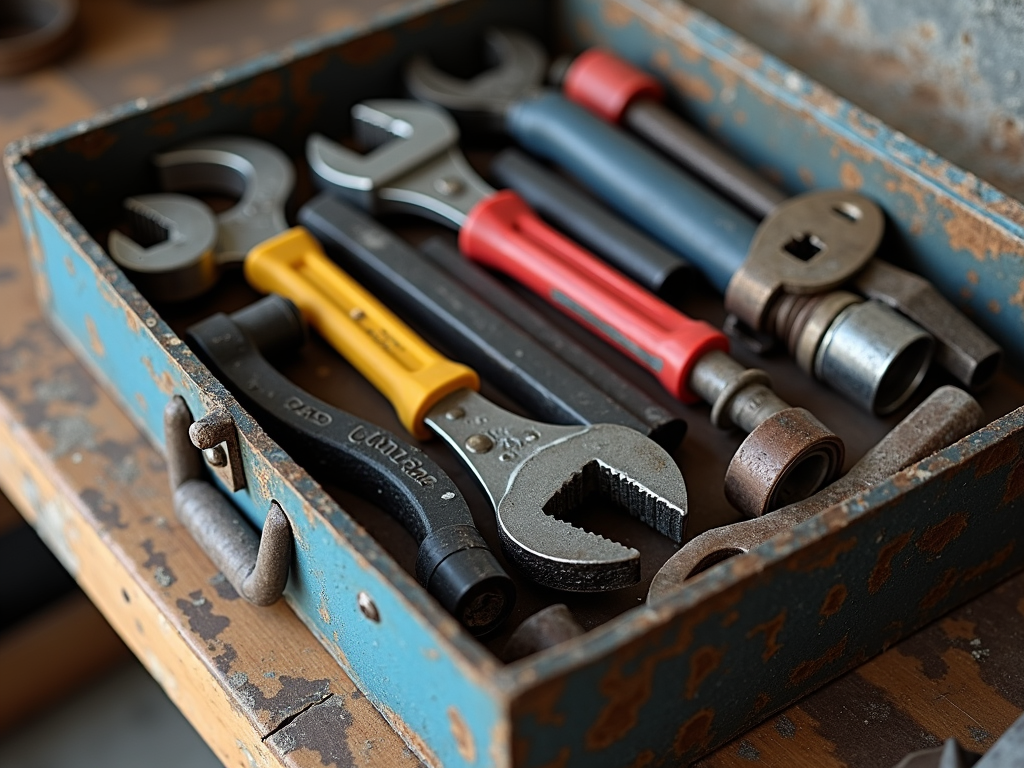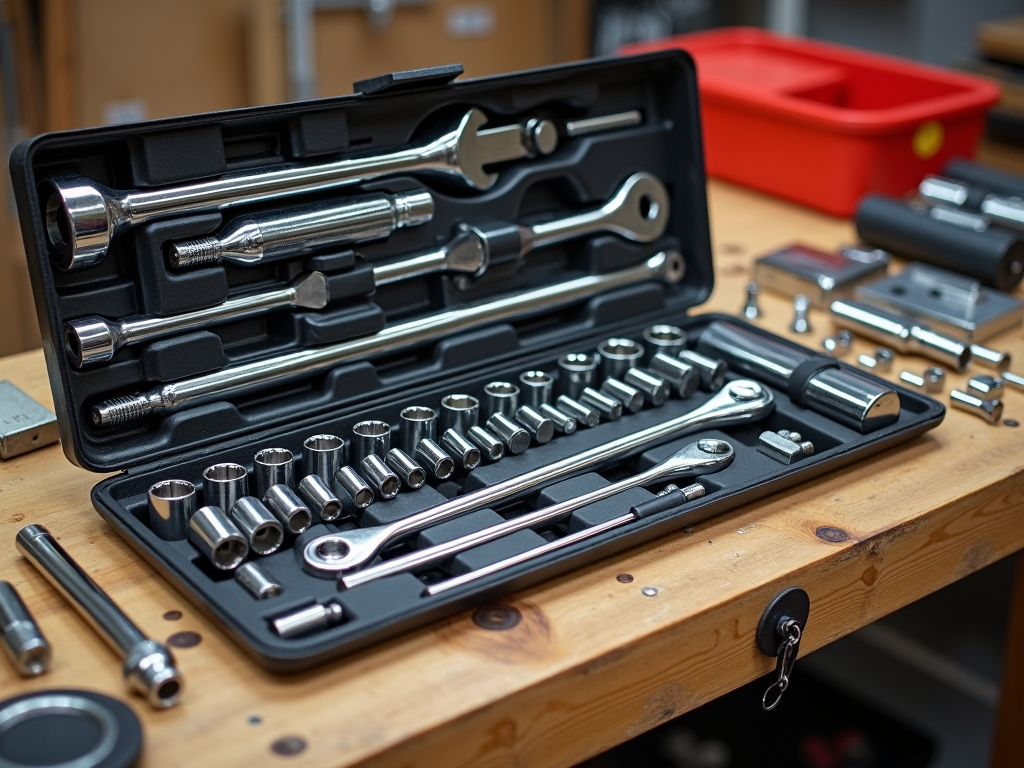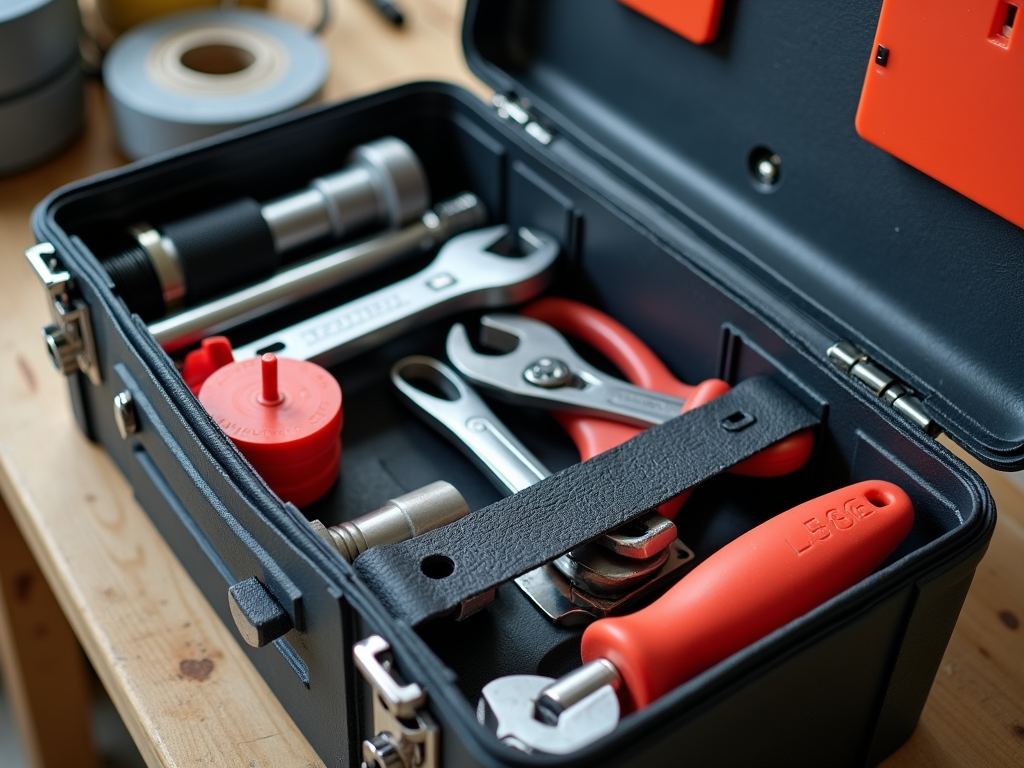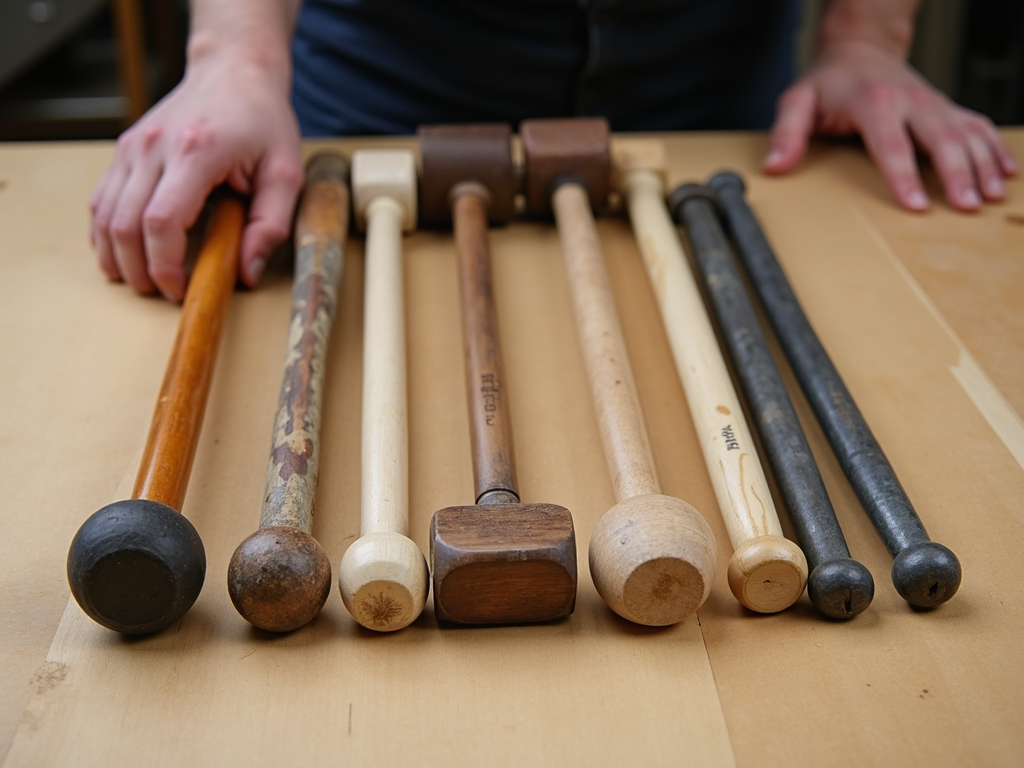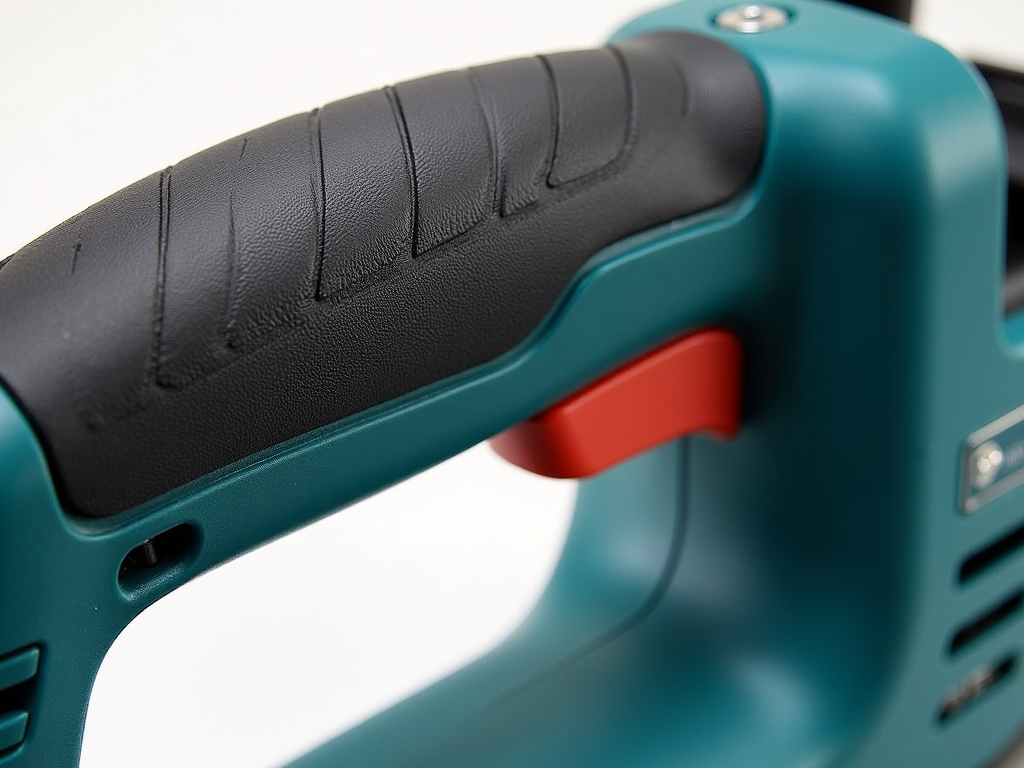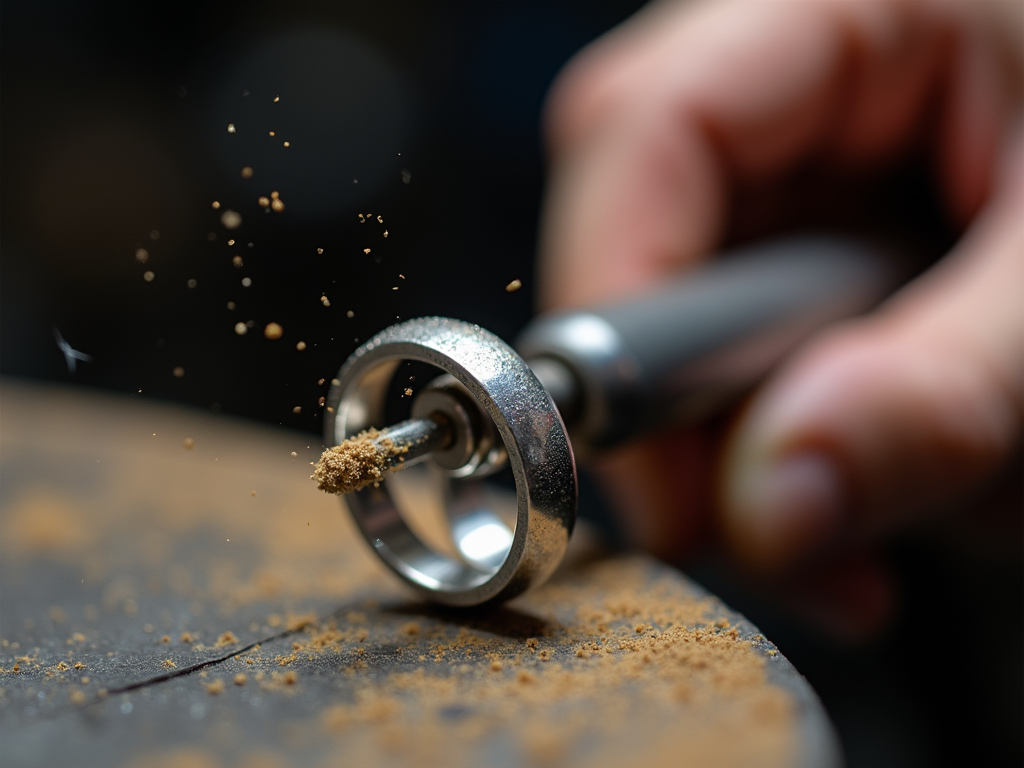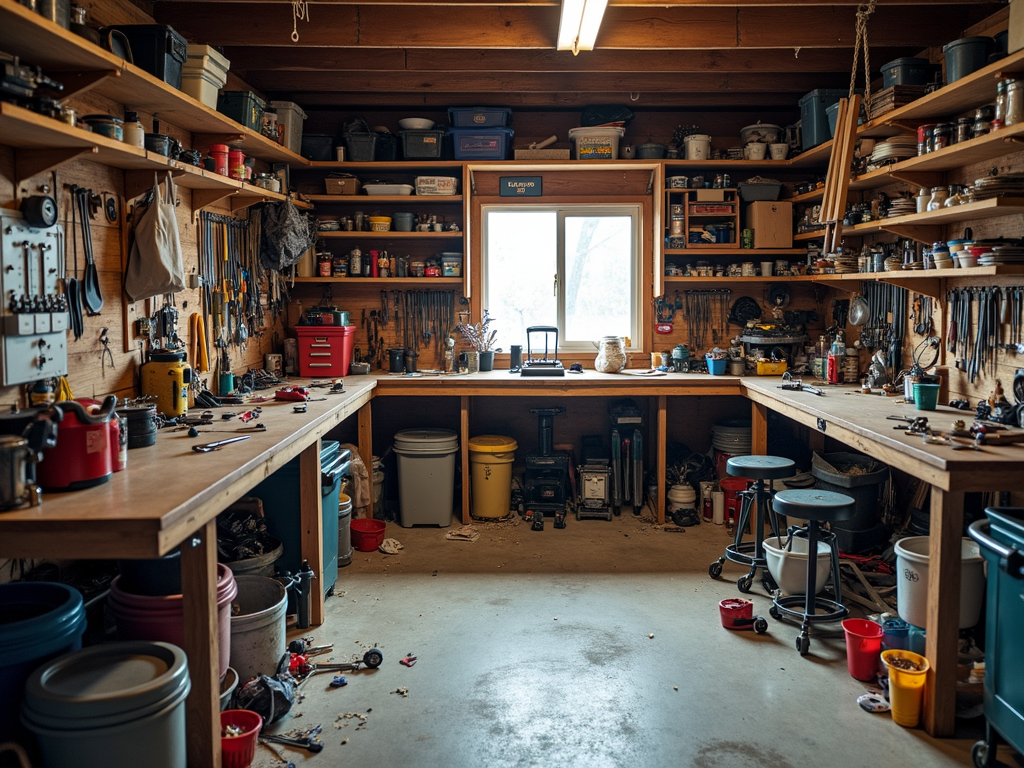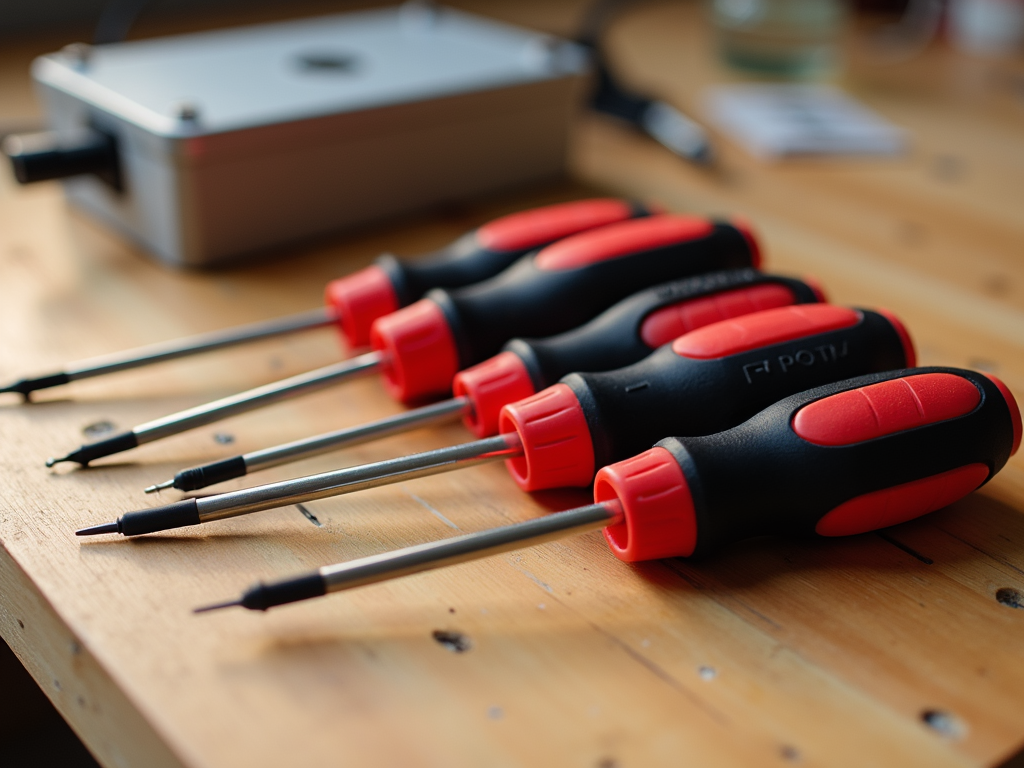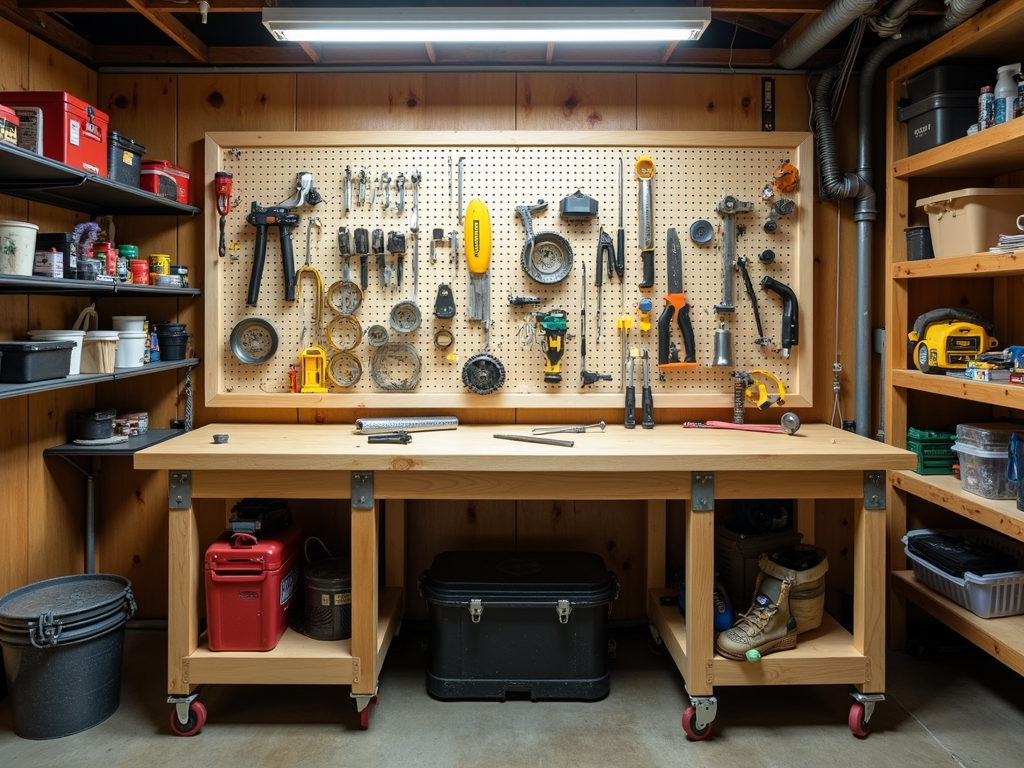Overview
Have you ever dreamed of building your own furniture or crafting unique wooden gifts? Woodworking is a fulfilling hobby that anyone can learn. In this Beginner’s Guide to Woodworking, we’ll cover everything you need to get started, including essential tools, safety tips, and simple projects to try.

Introduction to Woodworking
Woodworking is the art of shaping wood into beautiful, functional items using various tools and techniques. It’s a hobby that blends creativity with hands-on skills. I remember my first time picking up a saw—nervous but thrilled to create something tangible. Whether you want to build a table or carve a decoration, this Beginner’s Guide to Woodworking will help you start.
For beginners, focus on the basics: understanding wood types, mastering tool use, and practicing simple cuts. You don’t need years of experience—just patience and a willingness to learn.
Essential Workman Tools for Beginners
Starting woodworking doesn’t require a fancy workshop. A few key tools will set you up for success. Here’s a list of Essential Workman Tools for Beginners:
- Hammer: Perfect for driving nails or light prying.
- Screwdrivers: Get a set with flathead and Phillips heads.
- Measuring Tape: Accuracy matters—measure twice!
- Hand Saw: A crosscut saw makes straight cuts easy.
- Chisels: Great for shaping wood.
- Sandpaper: Smooths your work for a polished finish.
Consider ergonomic hand tools for reduced strain. Tools with padded grips make long sessions more comfortable—a lifesaver when I started out.

Safety First
Safety is non-negotiable in woodworking. Sharp tools and flying sawdust can be risky, so take precautions. Wear safety glasses to shield your eyes and ear protection for noisy tools. I learned this the hard way when sawdust got in my eye—don’t skip the gear!
Use hand tools as intended, keep your workspace tidy, and never rush. A clean area and steady pace prevent mishaps.

Simple Projects for Beginners
Ready to build? Start with these easy projects:
- Birdhouse: Basic cuts and assembly—fun to design!
- Picture Frame: Practice measuring and joining.
- Small Shelf: Build something useful with simple joints.
Plan ahead: sketch your idea, measure materials, and gather tools. My first birdhouse was crooked, but I loved it anyway—it’s all about learning.

Common Mistakes to Avoid
Mistakes happen, but knowing them helps. Don’t skip measuring twice—cuts can’t be undone. Watch the wood grain; cutting against it splinters. I once overtightened screws and split my piece—use gentle force. Sanding is a must for a smooth finish, even if it’s tempting to skip.

Tips for Success
Keep it simple—start small and grow. Learn from tutorials or friends; I picked up tricks from a neighbor. Be patient—skills take time. Most importantly, enjoy it! Every project, even imperfect ones, teaches you something new.
Choosing the Right Wood
Wood choice affects your project. Pine is soft and cheap—great for practice. Cedar resists rot, perfect for outdoors. Oak, a hardwood, looks stunning but takes effort. Pick straight, knot-free boards. I once used warped wood and regretted it—check carefully!
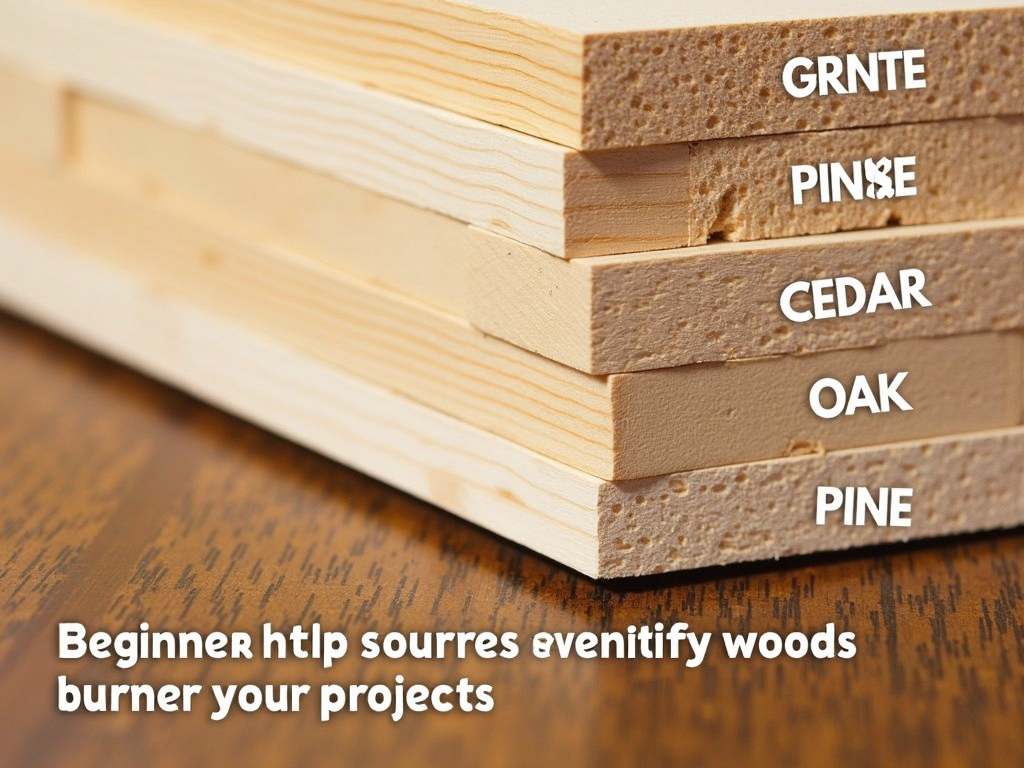
Setting Up Your Workspace
No big shop? No problem. A sturdy table or sawhorses work as a workbench. Good lighting shows details—add a lamp if needed. Store workman tools on pegboards or in boxes. Ventilate if using finishes—fumes are no joke.

Basic Woodworking Techniques
Learn these skills first:
- Measuring and Marking: Use a tape and pencil—double-check.
- Cutting: Hand saws work well; follow lines.
- Drilling: Practice on scraps for accuracy.
- Joining: Start with screws or glue for simple joints.
I practiced cuts on spare wood—confidence comes with repetition.

Finishing Your Project
Finishing makes your work shine. Sand with coarse grit, then fine, along the grain. Stain adds color—wipe off excess. Seal with polyurethane for protection. My first shelf looked rough until I sanded it—don’t rush this step.
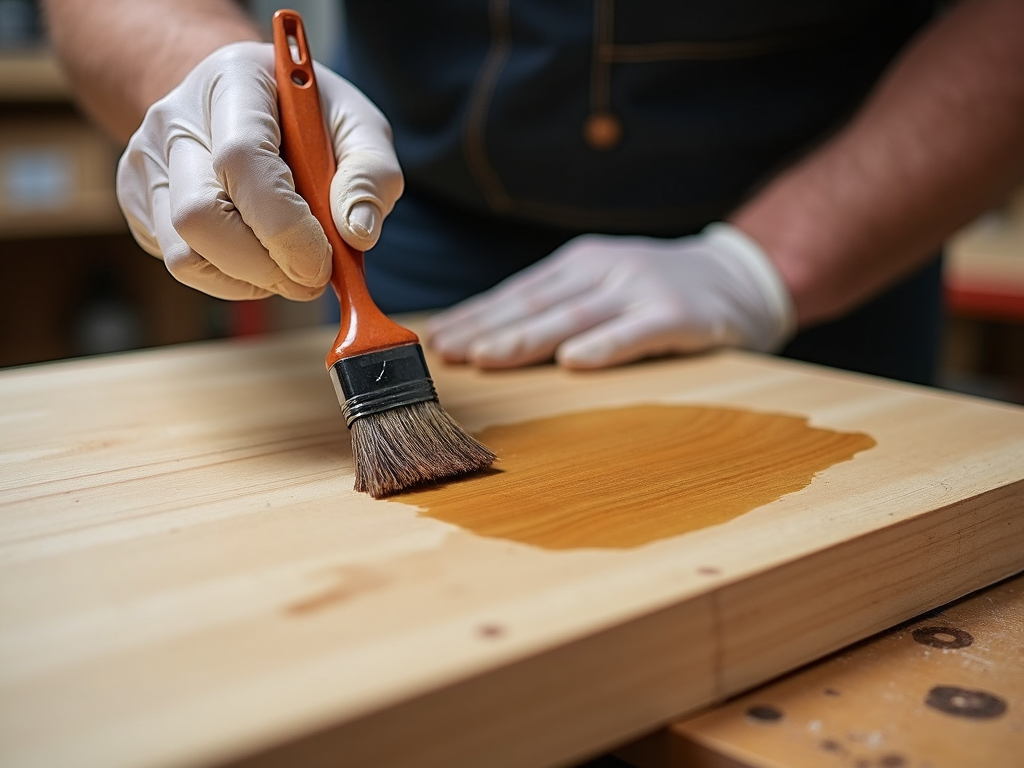
Summary
Woodworking is a rewarding hobby you can master with practice. This Beginner’s Guide to Woodworking covers essential tools, safety, and projects to build your skills. Take it slow, learn from mistakes, and enjoy creating with your hands.
Related Beginner’s Guide to Woodworking:
- Essential Workman Tools for Plumbing Projects: A Comprehensive Guide
- How to Choose the Right Socket Set
- Picking the Best Electrical Tools for Home Projects
- Choosing the Right Tools for Your Plumbing Needs: A Comprehensive Guide
- How to Clean and Maintain Your Workman Tools
- Mastering the Mallet: A Guide to Perfect Hammering Techniques
- Ergonomic Workman Tools for Comfort: Enhancing Your Workday with Electrical Tools
- Essential Workman Tools for Beginners: A Comprehensive Guide
- Guide to Jewelry Making Tools: Everything You Need to Know
- The Ultimate Guide to Safe Tool Storage
- Top 10 Electrical Tools Every Homeowner Needs
- DIY Workbench Plans for Small Spaces: Maximize Your Workshop Efficiency
